Tired of Being Tired? How to Build Real Energy with Food (Without Ditching Your Coffee)
So many of us start the day with a coffee cup practically glued to our hand. I get it. For years, my mornings were a blurry mess until I had that first sip. The ritual, the smell… it feels like the on-switch for your brain.
In this article
But here’s something I’ve seen time and time again with clients: we often use caffeine to create energy out of thin air, instead of properly fueling the energy we’re capable of having. It’s like trying to get a car with an empty gas tank to go faster by just revving the engine harder. Eventually, you’re just going to burn out.
Real, lasting energy doesn’t come from a stimulant. It comes from the actual building blocks you give your body every single day. Think of food as the high-quality fuel and coffee as a temporary nitro boost—great for a quick burst, but not what powers the whole trip. Shifting your mindset to see food as strategic fuel is the first, most important step.
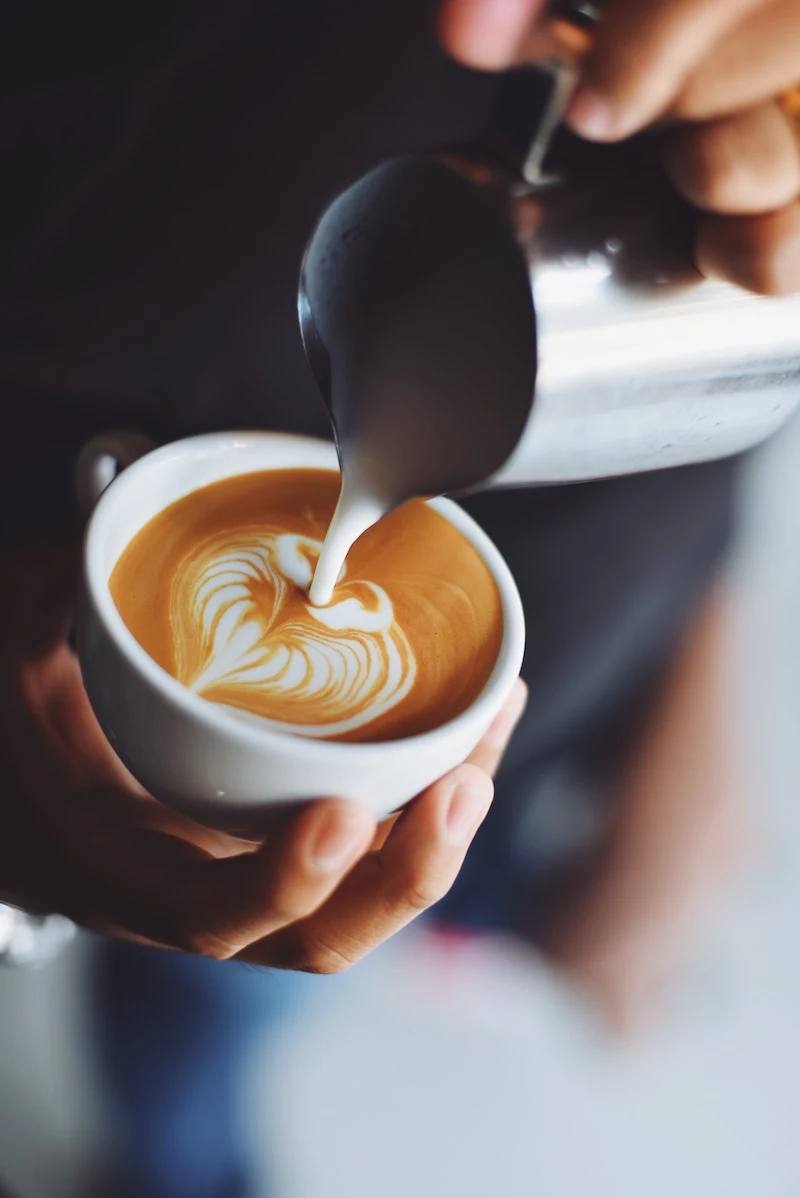
Don’t worry, this isn’t about me telling you to throw out your coffee maker. It’s about building such a solid energy foundation that you don’t need to rely on it. We’ll get into the nitty-gritty of how your body actually makes energy, look at the exact foods that put a stop to that 3 PM slump, and even touch on when feeling tired might be a sign to chat with a doctor. Let’s build an energy plan that actually works.
The Real Deal on How Your Body Makes Energy
Before we even talk about what to put on your plate, let’s peek under the hood. Energy isn’t some mystical force; it’s pure biology. Your body takes the food you eat and converts it into a special energy molecule. Think of this molecule as the currency your body uses to pay for everything—from blinking and breathing to thinking and lifting. The food you choose directly impacts how rich your energy bank account is.

Your Three Main Fuel Sources: Carbs, Proteins, and Fats
Your body runs on three main fuel types, and each one has a very different job when it comes to keeping you going.
Carbohydrates: These are your body’s favorite, go-to source for quick fuel. They break down into glucose (sugar), but—and this is a big but—the type of carb matters. Simple carbs, like you find in white bread, pastries, and sugary drinks, hit your system like a flash flood. You get a huge, fast rush of energy followed by a massive crash. It’s a real rollercoaster. On the other hand, complex carbs, found in things like oats, sweet potatoes, and beans, are packed with fiber. This fiber slows everything down, giving you a gentle, steady stream of energy that lasts for hours. No spike, no crash.
Protein: We usually think of protein for muscle building, but it’s a secret weapon for energy. When you eat protein alongside carbs, it acts like a brake, slowing down how fast the carbs are absorbed. This is key to preventing those blood sugar spikes. It also provides the raw materials for neurotransmitters, the brain chemicals that control your mood and focus. Feeling sluggish and unable to concentrate? A lack of protein could be the culprit.
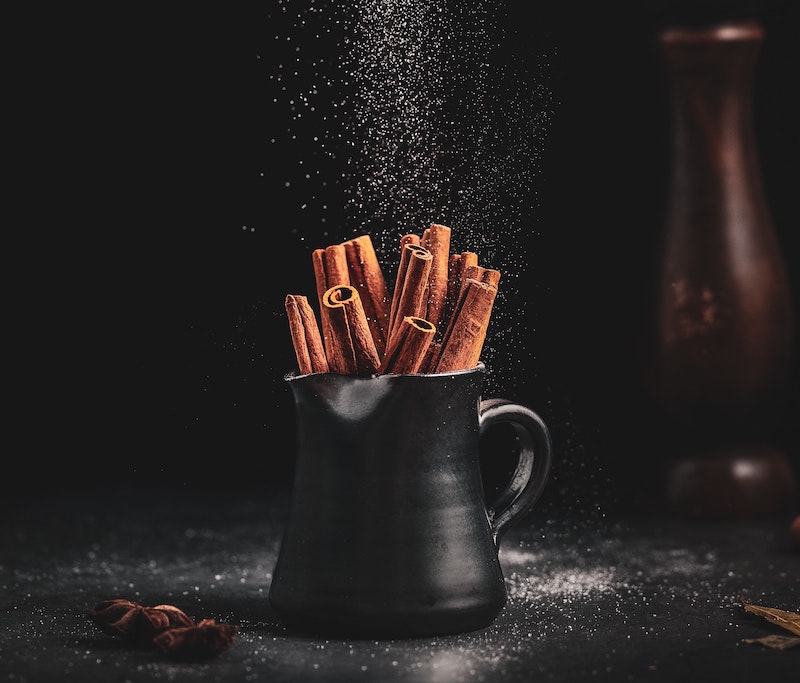
Fats: Healthy fats are your long-haul energy source. They burn slow and steady, making them perfect for endurance. Think of them as the big logs in the fire that keep burning long after the kindling is gone. Fats from sources like avocados, nuts, and olive oil are also crucial for absorbing certain vitamins and fighting inflammation, which is a major hidden energy drain.
Don’t Forget the Spark Plugs: B Vitamins and Iron
You can have the best fuel in the world, but without spark plugs, the engine won’t start. B vitamins are those spark plugs. They are absolutely essential for converting food into usable energy. Vitamin B12 and folate, for example, help create the red blood cells that carry oxygen everywhere in your body. Not enough oxygen means your cells can’t produce energy well, and you feel wiped out.
Iron is the other hero here. It’s a key part of the protein in red blood cells that actually grabs onto the oxygen. Low iron levels are an incredibly common reason for feeling tired all the time, especially for women. Your body just can’t get enough oxygen to your tissues, leaving you feeling weak and literally out of breath.
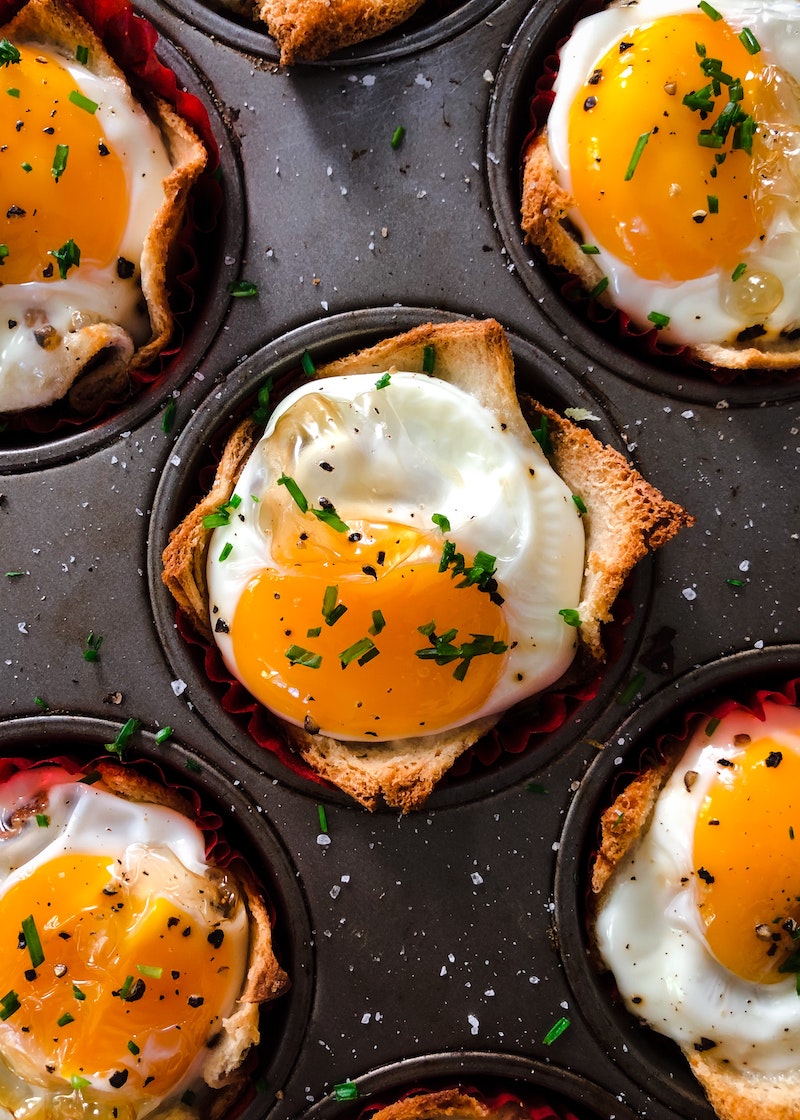
Building Your High-Energy Plate: A Simple Blueprint
Okay, let’s make this practical. I teach my clients a super simple rule for building a meal that provides energy for hours:
Imagine your plate. Fill half of it with non-starchy vegetables (think broccoli, bell peppers, spinach, kale, cauliflower). Fill one quarter with a lean protein. And fill the last quarter with a complex carbohydrate. Then, add a dash of healthy fat.
That’s it. That combo gives you a slow-release fuel mix that keeps you stable and satisfied.
Complex Carbs: Your Slow-Burn Fuel
- Steel-Cut or Rolled Oats: Forget those sugary instant oatmeal packets. Go for steel-cut or old-fashioned rolled oats. A half-cup (dry) is a great starting point. The magic is in a type of fiber that forms a gel in your stomach, slowing digestion to a crawl for super steady energy. Quick tip: I make a big batch on Sunday in about 20-25 minutes. Then I can just reheat portions during the week with some berries and nuts. It’s a huge time-saver.
- Quinoa and Brown Rice: These are amazing swaps for white rice or pasta. Quinoa is a rockstar because it’s also a complete protein. Brown rice is loaded with fiber and manganese, a mineral your body needs for energy production. A one-cup cooked portion is perfect for a main meal. A common mistake is overcooking them until they’re mushy. Follow the package directions, use a timer, and let them sit, covered, off the heat for 10 minutes before fluffing with a fork.
- Legumes (Lentils, Chickpeas, Black Beans): These are a budget-friendly triple threat: carbs, protein, and fiber all in one. A bag of dry lentils often costs less than $3 and can be the base for multiple meals. Canned beans are great too—just make sure to rinse them well to get rid of extra sodium. Heads up! If you’re not used to this much fiber, introduce it slowly to avoid feeling bloated. Start with a small half-cup serving every other day and drink plenty of water.
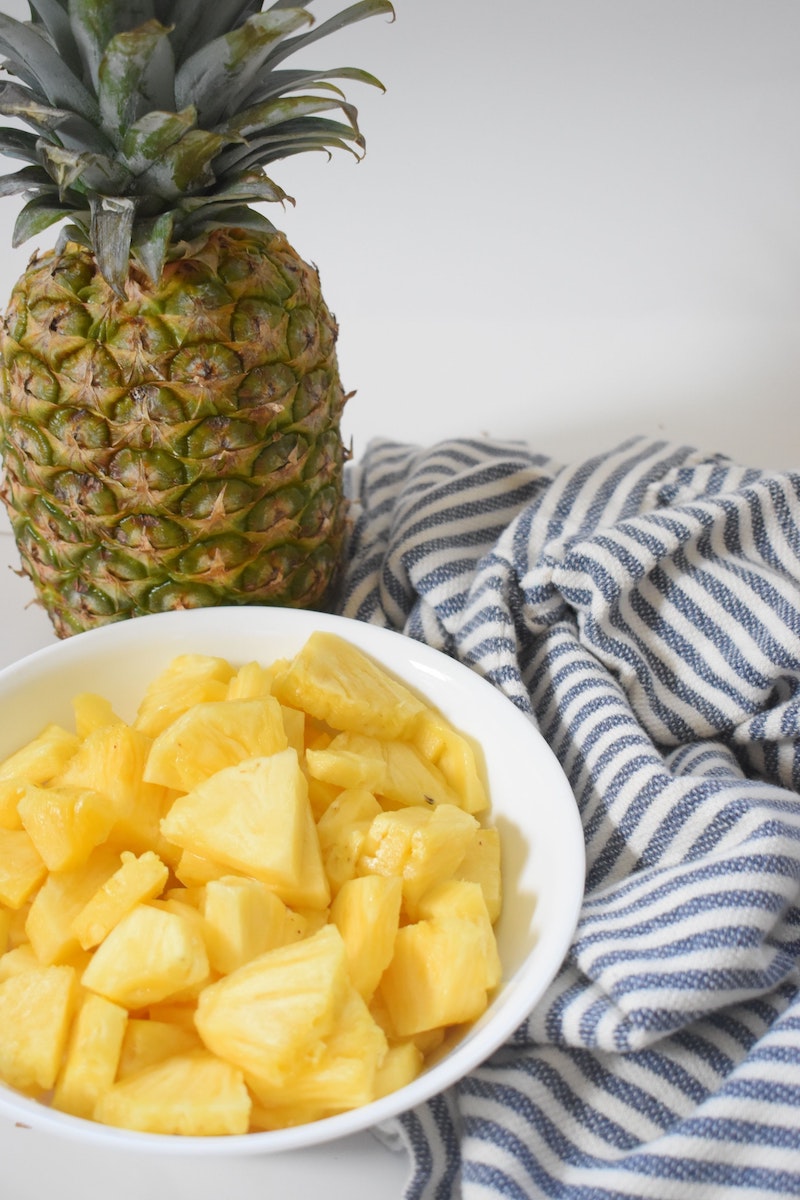
Lean Proteins: The Hunger-Busting Focus Fuel
- Eggs: Eggs are an energy powerhouse. The protein gives you steady fuel, and the yolk is rich in choline, a nutrient your brain needs for memory and focus. For most people, the old fears about dietary cholesterol are outdated. A two-egg scramble with some spinach and a slice of whole-wheat toast is a fantastic breakfast that keeps me full until lunch. For a vegan swap, a tofu scramble with turmeric and black salt is a brilliant alternative.
- Greek Yogurt: Choose plain Greek yogurt. It’s strained, so it has almost double the protein of regular yogurt (about 15-20 grams per serving). It’s also packed with probiotics for a healthy gut, which is directly linked to your mood and energy. The flavored kinds are often sugar bombs, so add your own fresh fruit or a tiny drizzle of honey instead.
- Fatty Fish (Salmon, Mackerel, Sardines): The big win here is omega-3 fatty acids, which are incredible at fighting inflammation. Chronic inflammation is like an anchor dragging down your energy levels. Aim for two 4-ounce servings a week. Time-saving hack: A rotisserie chicken from the grocery store (around $7-$10) can provide easy, ready-to-go lean protein for several days. For fish, canned wild-caught salmon or sardines are affordable, convenient options.
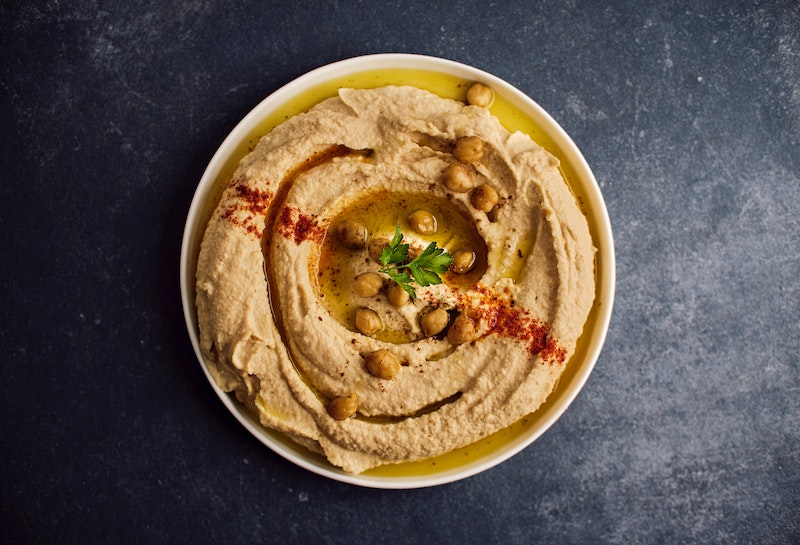
Healthy Fats: Your Long-Term Power Source
- Avocado: Half an avocado gives you amazing monounsaturated fat and fiber. This combo is incredibly satisfying and provides very slow, stable energy. To keep the other half from browning, just squeeze a little lemon juice on the cut side, wrap it tightly, and pop it in the fridge.
- Nuts and Seeds (Almonds, Walnuts, Chia): A small handful (about what fits in your palm) is the perfect snack. They have a great balance of protein, fat, and fiber. Almonds are high in magnesium, a mineral involved in hundreds of bodily processes, including energy production. Chia seeds are a fiber legend—add a tablespoon to your yogurt or oats for slow-release energy and hydration.
A Quick Look at an Energy-Boosting Day
Wondering what this actually looks like in real life? It’s simpler than you think.
- Breakfast (7 AM): Two scrambled eggs with a handful of spinach, half an avocado, and a side of berries. This meal sets your blood sugar on a stable path for the whole morning.
- Lunch (12:30 PM): A large salad with mixed greens, grilled chicken (from that rotisserie chicken!), chickpeas, cucumber, bell peppers, and a drizzle of olive oil and vinegar.
- Snack (3:30 PM): This is crucial for avoiding the afternoon slump. A small apple with a tablespoon of almond butter or a container of plain Greek yogurt with a few walnuts. The key is pairing a carb with a protein/fat.
- Dinner (6:30 PM): A 4-ounce baked salmon fillet, a cup of quinoa, and a big serving of roasted broccoli and cauliflower tossed in olive oil.
See? It’s not about weird, complicated foods. It’s just about smart, balanced combinations.
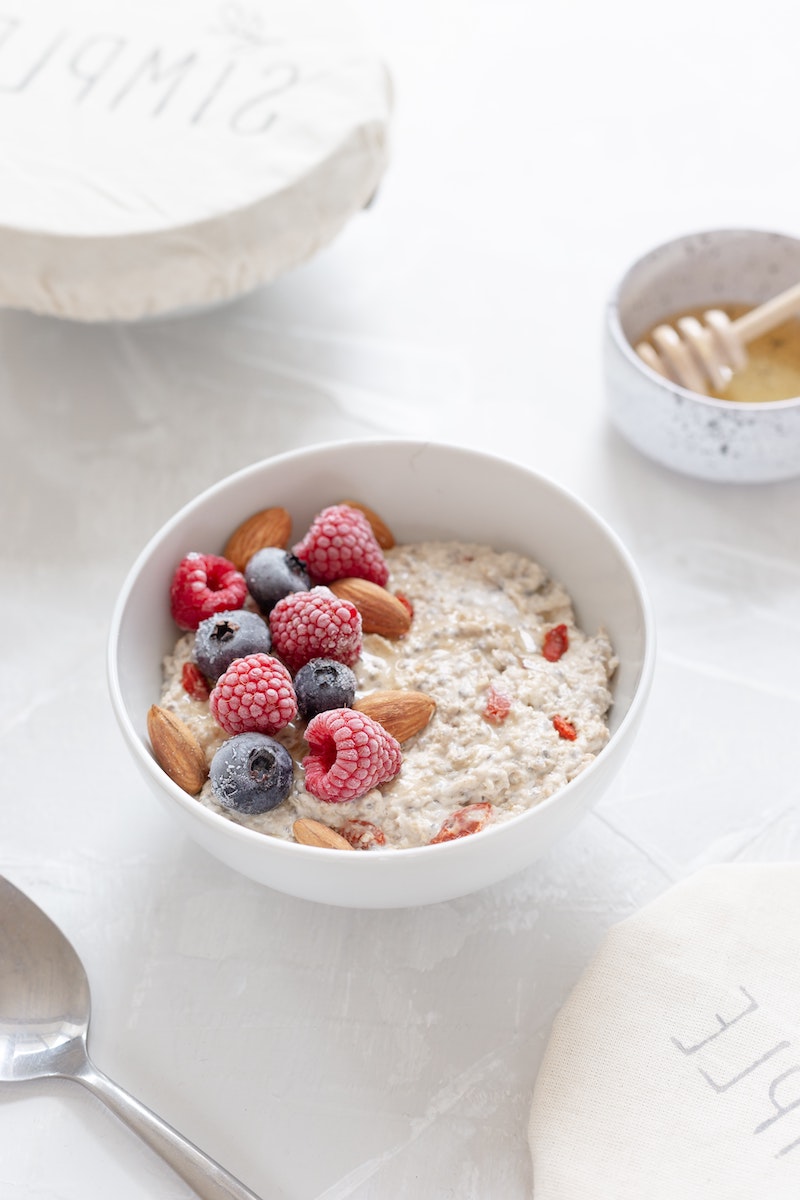
Smart Hydration and Beyond
We can’t talk about energy without talking about water. It’s probably the most common and overlooked reason for fatigue. Even being just slightly dehydrated can make you feel tired and headachy because your heart has to work harder to pump blood. Thirst is actually a late signal. Aim to sip water all day. A good goal is to drink half your body weight in ounces. So, if you weigh 160 pounds, aim for 80 ounces.
By the way, other drinks count, but be smart. Herbal teas like peppermint or chamomile are great. But watch out for sugary juices and sodas—even the diet ones can mess with your gut health and energy in the long run.
Common Pitfalls & What to Expect
When you start making these changes, a few things might pop up. It’s totally normal.
A common one is feeling bloated from all the new fiber. The solution? Start slow. Don’t go from zero to a giant bean salad overnight. Add one new high-fiber food every few days and make sure you’re drinking lots of water to help it move through your system.

And what about a timeline? Be patient with yourself. You might notice small improvements in a week, like not needing that 3 PM coffee as desperately. But the real, deep-seated, stable energy? That can take a few weeks to a month to build as your body adapts. It’s a process, not an overnight fix.
Your First Energy-Boosting Shopping List
Feeling overwhelmed? Don’t be. Here’s a simple starter kit to get you going. You don’t need everything at once!
- Protein: A dozen eggs, a large tub of plain Greek yogurt, a bag of frozen chicken breast or a rotisserie chicken, and a can of chickpeas or black beans.
- Complex Carbs: A container of old-fashioned rolled oats, a bag of quinoa or brown rice, and a sweet potato.
- Healthy Fats: An avocado, a small bag of almonds or walnuts, and a bottle of extra virgin olive oil.
- Veggies & Fruit: A large bag of spinach, a head of broccoli, some bell peppers, a bag of frozen berries, and a few apples or bananas.
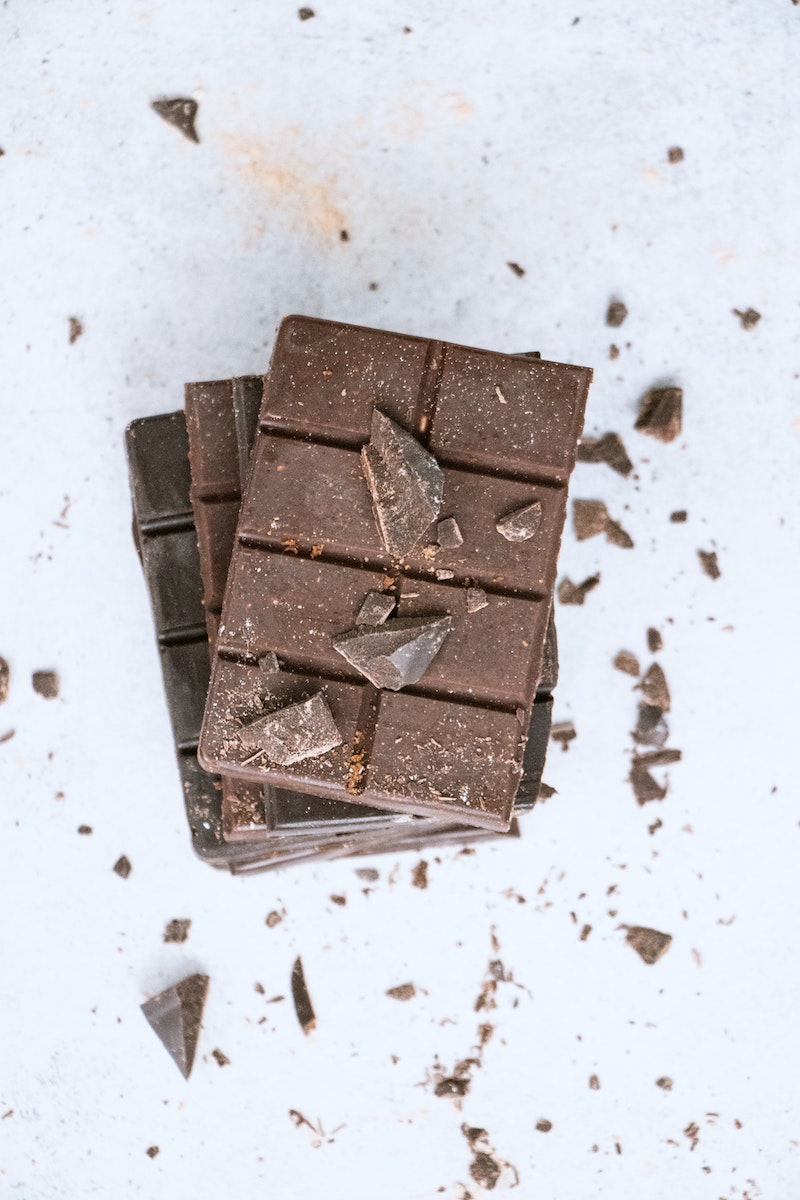
One Thing to Try Today
Ready to start? Let’s make it super simple. Your challenge for today is to plan tomorrow’s 3 PM snack. Before you go to bed, put a handful of almonds in a small container and set it next to a bottle of water on your counter. Tomorrow, when you feel that afternoon slump coming on, have that snack instead of reaching for sugar or caffeine. Just see how you feel. It’s one small step, but it’s how lasting change begins.
Inspirational Gallery
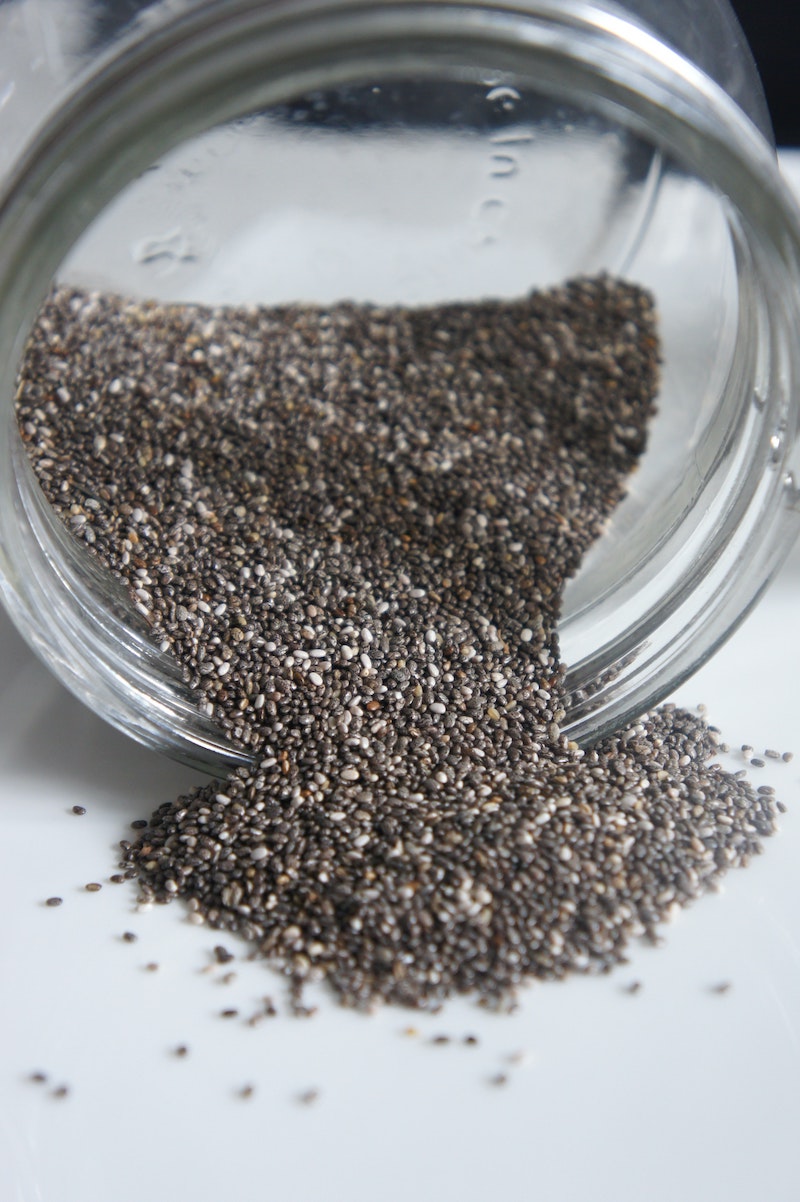
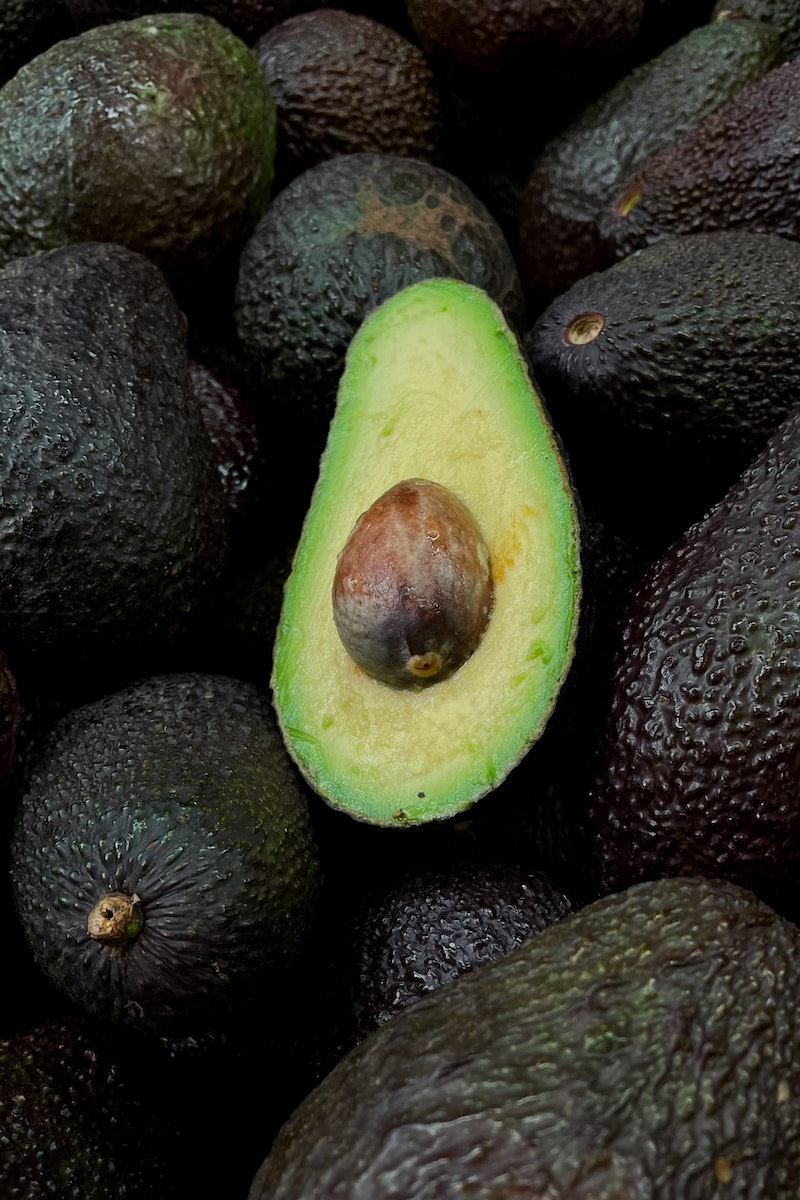
Ever feel sluggish even after a healthy meal?
You might just be thirsty. Even mild dehydration can cause energy levels to plummet, as water is essential for transporting nutrients to your cells and facilitating the very energy-conversion reactions the body relies on. Before reaching for another snack, try a large glass of water. For an upgrade, add a slice of lemon and a sprig of mint—it’s a simple change that can make a world of difference.

A study in the journal *Nutrients* highlighted that a deficiency in magnesium, a key mineral, is directly linked to symptoms of fatigue.
Think of magnesium as the spark plug for your body’s engine. It’s crucial for converting the glucose from your food into usable energy. Many of us don’t get enough. You can easily boost your intake with a handful of almonds, incorporating more spinach into your salads, or adding pumpkin seeds to your morning yogurt or oatmeal.
It’s not just about macros (carbs, proteins, fats). Your body’s energy production line depends on specific micronutrients to run smoothly. To avoid a bottleneck, be sure to include:
- Iron-Rich Foods: Iron is essential for creating hemoglobin, which transports oxygen to your cells for energy. Think lentils, lean red meat, and fortified cereals. A squeeze of lemon juice (Vitamin C) with your plant-based iron sources will massively boost absorption.
- B Vitamins: The entire B-complex family helps convert food into fuel. Nutritional yeast, like the one from Bragg, is a powerhouse of B vitamins and adds a cheesy, savory flavor to eggs or popcorn.










